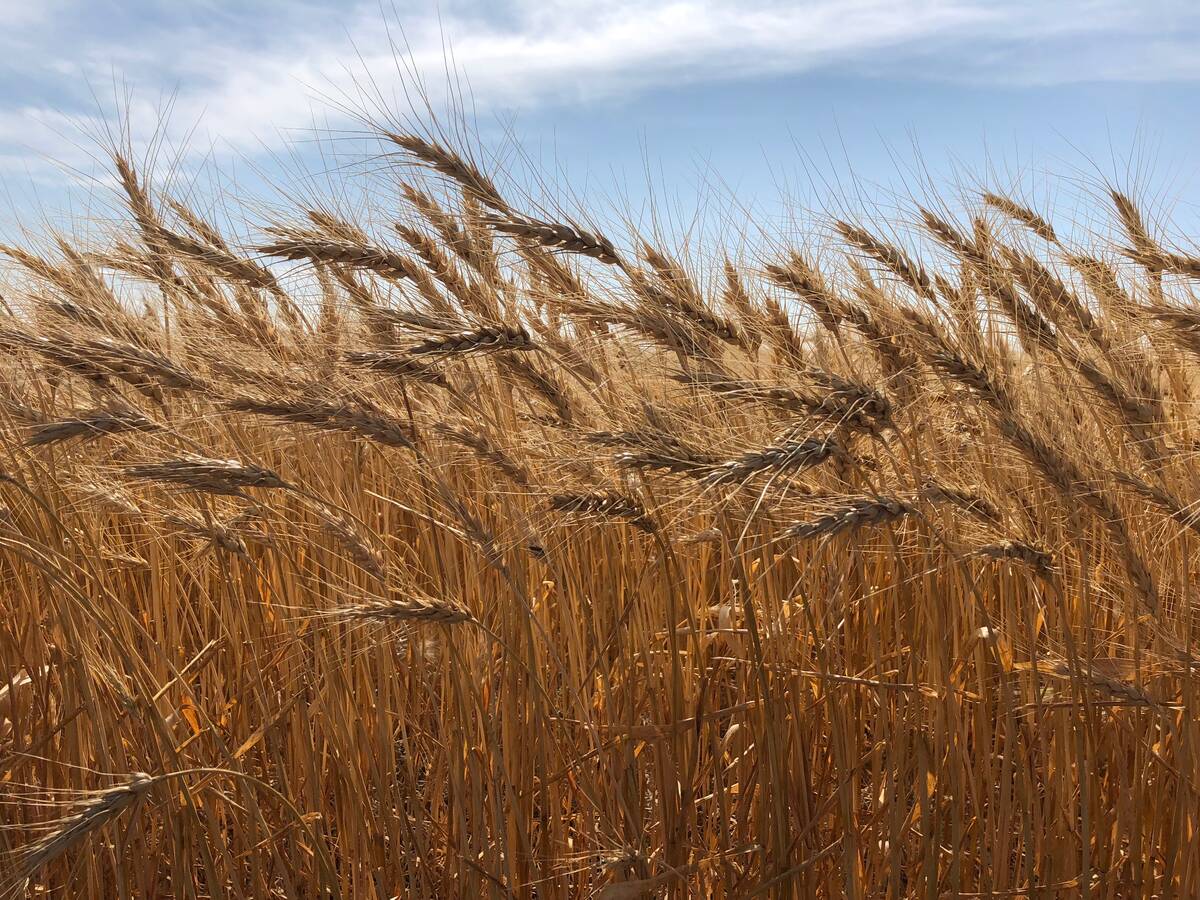*[UPDATED MAR. 19, 2018] Farmers face a fertilizer dilemma each spring. The current safe rate for phosphorus in canola is 17 to 22 kilograms per hectare (15.2 to 19.6 pounds per acre). With good moisture, the recommendation goes up to 28 kg/ha (or 25.0 lb./ac.).
But canola typically removes more phosphorus than the recommended safe rate.
Saskatchewan researchers are trying to shed some light on how farmers can meet their canola’s phosphorus requirements without damaging plant stands.
Jessica Weber, general manager of the Western Applied Research Corporation, presented preliminary research at Crop Production Week in Saskatoon in January. The research focuses on three questions:
Read Also

Urea stands tall, production-wise, against ‘alternative’ nitrogen fertilizers
A two-year Alberta project finds old-school granular urea is still the most effective nitrogen fertilizer source for spring wheat yield when compared to “alternative” forms of granular N, at least at the sites studied.
- Are the current recommendations for sulphur and phosphorous adequate given the yields of new canola varieties?
- Are there any differences between side-banding and seed-placing fertilizer? Is side-banding phosphorus effective? Is it site-dependant?
- Are current fertilizer recommendations adequate given today’s equipment (knife openers and hoe openers)?
Researchers are running replicated trials at AgriARM sites Scott, Indian Head, and Melfort, Sask. Fertilizer was both side-banded and seed-placed. Treatments consisted of phosphate only, and phosphate plus sulphate. Researchers applied P2O5 at rates of 0, 20, 40, 60 and 80 kg/ha. Sulphate was applied at 15 kg/ha.
Weber and her colleagues collected data on plant density, biomass, days to maturity, yield, green seed, and thousand kernel weight. Weber presented results from two years, but there is one year left in the study.
In an interview following her presentation, Weber said the results are quite site-dependant. Researchers are interested in looking deeper for trends throughout the province, she added.
At Scott, sulphate applied above the recommended rate created negative effects. But seed placement and fertilizer rate interacted as well.
“So side-banding with those high rates of phosphorus was quite advantageous compared to seed-placed, particularly when you added phosphorus with your ammonium sulphate,” said Weber.
Meanwhile, at Indian Head, rate alone had the biggest effect, which was most apparent early in the season. But, Weber said, green seed and yield weren’t really affected.
Rates above 40 kg per ha of P2O5 produced the greatest yields at Melfort, regardless of placement. Treatments with only P2O5 did better than treatments with sulphate.
Differences in the soil played a large role, said Weber. Scott has coarse-textured soil, with lots of sandy loam, and low organic matter, compared to Melfort and Indian Head. Indian Head and Melfort also have higher clay content, she added.
The preliminary results show they might need to re-evaluate recommendations, Weber said. Depending on what 2018’s trials yield, Weber said they might want to expand to more sites through Saskatchewan, and into Alberta. If that’s the case, Weber hopes to see more funding and more interest from collaborators.
In the meantime, what do farmers need to think about when applying phosphate? Weber had three points.
- Consider the implement. “If you’re using a hoe or a knife, or if you’re still using that disc drill.”
- Location. Consider the organic matter and clay content of soil. If you’re dealing with soil more like Scott, you might see benefits from side-banding.
- *Be careful not to add ammonium sulphate. “We’re finding that any addition of that is quite negative in most soils,” said Weber. Ammonium sulphate does not have a negative effect on the soil. However, Weber said that when they seed placed ammonium sulphate and phosphate together, plant density declined, especially at the higher rates. Overall, it is safer not to seed place ammonium sulphate, she concluded.
















